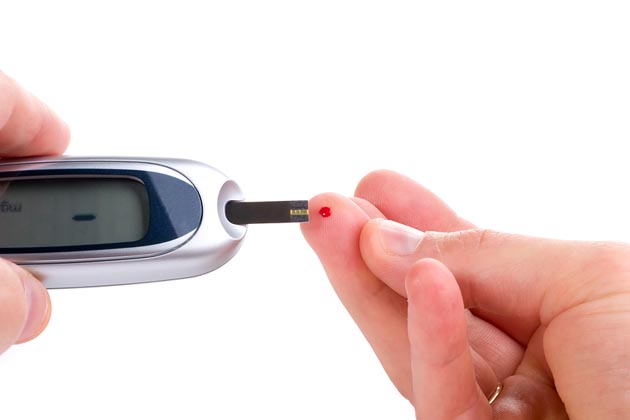Patients recently diagnosed with diabetes often have questions about the various terms and phrases doctors and other medical professionals use to describe various aspects of their disease. Understanding diabetes and the terminology used in discussing this serious medical condition is the first step toward effective management of diabetes symptoms and root causes. Physicians can take the lead in this process by educating their patients about the disease and what to expect on the road to wellness, but it is up to the patient to continue that learning process outside the doctor’s office. Here are three of the most common questions patients ask during the first months after their diagnosis.
What is a fingerstick test?
The most commonly used type of glucose meter is often referred to as a fingerstick test, since it requires that patients obtain a small blood sample for measurement. This is generally achieved by making a small incision in the finger with a lancet or device designed specifically for this kind of testing. Fingerstick testing with a blood glucose meter is one of the most accurate ways to measure blood sugar on a spot-check basis, but may not provide adequate monitoring and data collection for patients with more advanced cases of diabetes.
What is a CGM?
A continuous glucose meter or monitoring system is often referred to in the medical field as a CGM. These advanced monitoring methods provide ongoing readings over the course of days or weeks to allow physicians and medical personnel greater insight into the patient’s regular fluctuations in blood glucose levels throughout the day and night. By recording and tracking blood sugar levels over an extended period of time, baseline readings can be established. This allows a greater degree of accuracy in the treatment strategy and provides added protection for patients against the most serious side effects of diabetes.
Can diabetes be cured?
Currently, there is no known cure for diabetes, but modern treatments and recent developments in research do offer new hope for patients. Developments like inhalable insulin and groundbreaking pharmaceutical treatments allow even more flexibility in treating this serious disease. Patients can look forward to even more advances in the treatment of diabetes thanks to ongoing research in the field; this research has already created new technologies, including small-scale CGM systems designed to go anywhere without being detectable under clothing. Medical science may one day find a cure or develop a preventive method to protect against diabetes. Until then, these advances will help diabetes patients control their illness more effectively.
Understanding the basics of diabetes can provide added insight into management of the disease. Patients who take the time to educate themselves typically achieve better control over blood sugar fluctuations and avoid many of the more serious complications that diabetes can sometimes cause.
Cameron enjoys writing about various topics. One of them happens to be health. If you’d like to learn more about what is a CGM, please visit http://www.dexcom.com/

